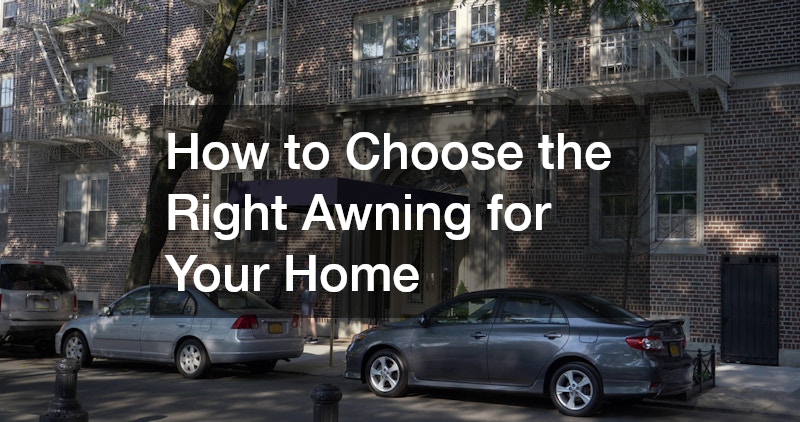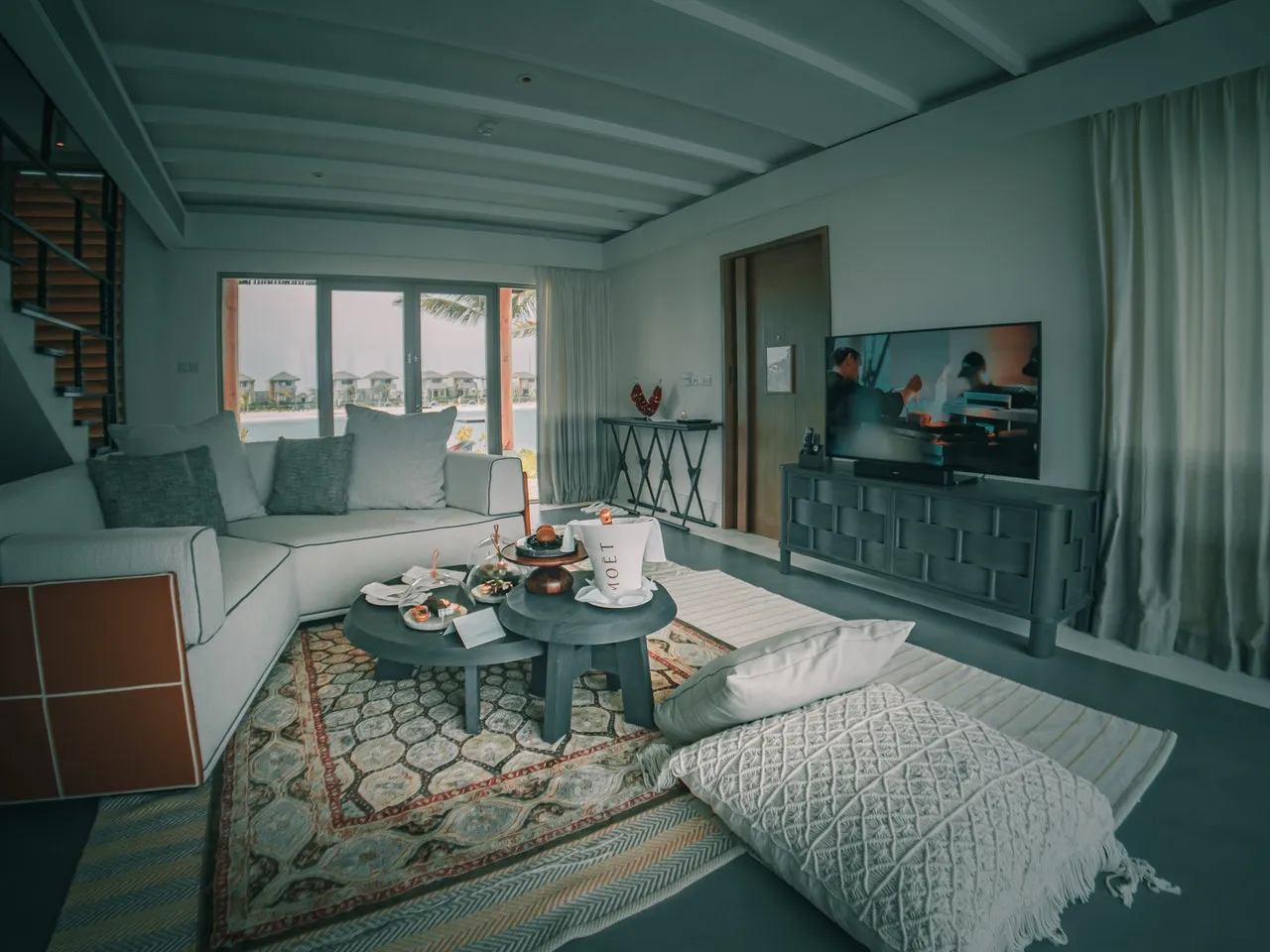Choosing the right awning for your home can significantly enhance your outdoor space, both in terms of functionality and aesthetic appeal. Awnings provide shade, reduce energy costs, and can increase your property’s value. In this article, we will explore essential factors to consider, common questions homeowners have, and provide guidance to help you make an informed decision.
What Types of Awnings Are Available?
There are several types of awnings available for homeowners, each with unique features and benefits that cater to different needs. Retractable awnings are popular for their versatility, as they can be extended or retracted depending on the weather and your preferences.
Stationary awnings, on the other hand, provide a fixed structure that offers consistent shade and protection, making them suitable for patios and decks.
Motorized awnings are a more modern solution, often allowing for greater convenience with the simple push of a button. These can be particularly beneficial for larger spaces and offer homeowners the comfort of adjusting their shade without any manual effort. Additionally, there are specialized awnings designed for windows, doors, and balconies, all aimed at maximizing shade and enhancing curb appeal.
When deciding on the type of awning to install, consider the architecture of your home and the intended use of the outdoor space. It’s also essential to evaluate the materials used in the awning construction, as this can impact both durability and maintenance. Aluminum, canvas, and vinyl are some common materials, each offering different levels of aesthetics and longevity for your investment.
What Factors Should You Consider When Choosing an Awning?
Several critical factors should be carefully considered when choosing an awning to ensure that it meets your specific requirements and complements your home’s style. The size of the awning is one of the most significant considerations, as it must be proportional to the space it will cover while providing adequate shade. Measure the area where you plan to install the awning, taking into account any obstructions such as windows or railings.
The style of the awning is equally important, as it should harmonize with the overall aesthetics of your home and landscaping. Look for designs that match the architecture of your property while also considering the colors that will best complement your exterior. Whether you prefer a classic look or a modern touch, the right style can significantly enhance your outdoor living area.
Additionally, think about the climate conditions in your area. If you live in a region that experiences heavy rainfall or high winds, choose an awning design that can withstand these elements. Awnings that feature robust frames and durable fabric can provide long-lasting protection, ensuring that your investment continues to serve its purpose for years to come.
How Do You Measure for an Awning?
Accurate measurements are crucial for a proper fit, and the first step in measuring your space is to determine the area you want to cover with the awning. This involves measuring the width and projection where the awning will extend from the wall or support. Having a clear understanding of these dimensions will help you choose the right size and style of awning for your home.
It’s important to consider the mounting location when taking measurements. Ensure that the surface where the awning will be attached is sturdy and can support the weight of the structure. Measure from the ground to the desired height of the awning, factoring in any slope or incline that may affect its placement.
Finally, always double-check your measurements before making a purchase. A common mistake is assuming that one measurement is sufficient; however, in some cases, you may need to account for additional factors like fixtures or other structures. By following a careful measurement process, you set the foundation for a successful awning installation that fits perfectly into your outdoor space.
What Is the Cost of Installing an Awning?
The cost of installing an awning can vary significantly based on several factors, including the type, size, material, and installation complexity. Retractable awnings generally fall at the higher end of the price spectrum due to their convenience and additional features. In contrast, stationary awnings typically offer a more cost-effective option while still delivering quality performance.
Aside from the upfront cost of the awning itself, it’s essential to consider installation expenses. Depending on your DIY skills, you might opt for professional installation, which can add to the overall expenses. Labor costs vary by location and complexity of the installation, so it’s prudent to get quotes from multiple contractors to find a fair price.
Other considerations that could impact your total cost include additional features like motorization, remote controls, and custom fabric choices. It’s important to weigh these features against your budget and long-term needs, as investing in higher-quality materials upfront can result in significant savings over time, including maintenance and energy efficiency.
Choosing the right awning for your home requires careful consideration of various factors, from types and measurements to costs. A well-chosen awning can elevate your outdoor living experience by providing the shade and comfort you desire. By following the guidance provided in this article, you can select the ideal awning that meets your needs and enhances your outdoor living experience.


